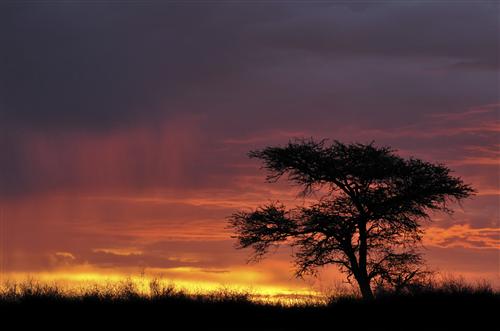Weather and climate describe meteorological conditions such as temperature, humidity, atmospheric pressure, wind or rainfall at a specific location or in a particular region. The concepts of weather, climate and meteorology are explored in the following sections:
Weather is a term that is frequently used to describe the state of the atmosphere and is often described in terms of scale: Micro-meteorology is the science of the minute processes that take place a small scales, including those that occur within plant canopies; Meso-scale includes normal weather system size, such as thunder storms (approximately 10 km across); Synoptic-scale includes much larger systems, such as tropical storms and depressions; and finally Planetary-scale deals with the vast atmospheric waves and systems that control global climate (Barry and Chorley 1992).
Climate is the overall pattern of weather conditions in a place or region, including predictable seasonal changes in each year, and extreme weather conditions and events over a longer span of time. Climate descriptions and classifications for an area t therefore based on long-term events and statistics (mean values, variances, probabilities of extreme values, etc.) . A region’s climate and weather are a function of elevation, topography and landforms, and the amount and movement of heat and moisture in the atmosphere.
Meteorology is the interdisciplinary scientific study of the atmosphere that focuses on the processes and forecasting of observable weather events and patterns. These events are impacted by numerous variables including temperature, air pressure, and water vapour, and how these interactions vary in time and space. Meteorological processes affect the formation and occurrence of rainfall, the formation of clouds, and evapotranspiration, all of which play significant roles in the hydrologic cycle.

Sunset in the Kalahari.
Source:iStockphoto/Sproetniek 2009
( click to enlarge )
